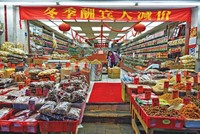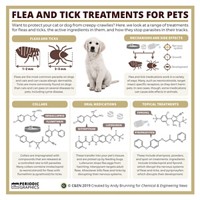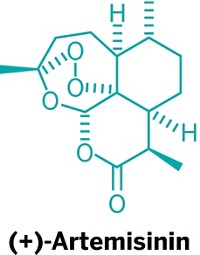Advertisement
Grab your lab coat. Let's get started
Welcome!
Welcome!
Create an account below to get 6 C&EN articles per month, receive newsletters and more - all free.
It seems this is your first time logging in online. Please enter the following information to continue.
As an ACS member you automatically get access to this site. All we need is few more details to create your reading experience.
Not you? Sign in with a different account.
Not you? Sign in with a different account.
ERROR 1
ERROR 1
ERROR 2
ERROR 2
ERROR 2
ERROR 2
ERROR 2
Password and Confirm password must match.
If you have an ACS member number, please enter it here so we can link this account to your membership. (optional)
ERROR 2
ACS values your privacy. By submitting your information, you are gaining access to C&EN and subscribing to our weekly newsletter. We use the information you provide to make your reading experience better, and we will never sell your data to third party members.
Biological Chemistry
2015 Yields Two Nobels For Chemistry
by Amanda Yarnell
October 12, 2015
| A version of this story appeared in
Volume 93, Issue 40
In some quarters of the chemical universe these days, it’s become commonplace to complain about how Chemistry Nobel Prizes go to discoveries that seem more biology than chemistry. Is the central science overlooked?

Not this year, that’s for sure. Chemistry got the Nobel nod twice last week. Three biochemists—Tomas Lindahl, Paul Modrich, and Aziz Sancar—took home the Chemistry Nobel for revealing the inner workings of the repair systems that guard the integrity of our genomic DNA (see page 6). Each one of them spent years detailing the enzymatic mechanisms that protect our DNA from mistakes, chemical instability, and environmental insults.
Meanwhile, the prize for medicine or physiology also went squarely to chemistry: Youyou Tu was recognized for leading the charge to isolate a game-changing malaria drug from a traditional Chinese herbal medicine during the height of China’s Cultural Revolution. She shared the prize with William Campbell and Satoshi Ōmura, who in the 1970s fashioned a cure for river blindness from a natural product made by soil bacteria ( see page 7).
The inspiration for this cure came from avermectin, a complex bacterial natural product found in one of many soil samples Ōmura had collected in an effort to prospect for drug leads for Campbell’s Merck & Co. team. Merck’s medicinal chemistry campaign improved the natural product’s oral efficacy and safety, resulting in ivermectin, a drug that is still used today to treat roundworm diseases such as river blindness.
For Tu, inspiration came in the form of a Chinese text from A.D. 340 that described a tea derived from the sweet wormwood plant for treating the symptoms of malaria. That recipe, combined with her chemical intuition, led her to isolate artemisinin. Last week Tu called the natural product “a gift for the world’s people from traditional Chinese medicine.” Today, artemisinin continues to be a frontline defense against malaria.
The debate about how much Chemistry Nobel territory chemists can rightly claim has intensified recently, with the Nobel Committee tending to favor big biochemistry problems with its prize. C&EN has put some data around that debate with its recently published interactive history of the Chemistry Nobel, which you can explore for yourself at cen.acs.org/nobels.html.
C&EN science reporter Matt Davenport, who helped construct the interactive, says the data show that the “is it chemistry?” debate has little merit. Sure, organic chemistry and biochemistry have dominated in recent years. “But it’s always been really helpful to be a chemist at heart when answering a question worthy of a Nobel Prize,” he says.
Indeed, nothing could be more squarely chemistry than the campaign to turn a promising but imperfect natural product into a useful drug. Or, for that matter, the detailing of the chemical bond-making and -breaking required to guard against the constant threat of DNA damage. Chemistry won big this year.
Views expressed on this page are those of the author and not necessarily those of ACS.





Join the conversation
Contact the reporter
Submit a Letter to the Editor for publication
Engage with us on Twitter